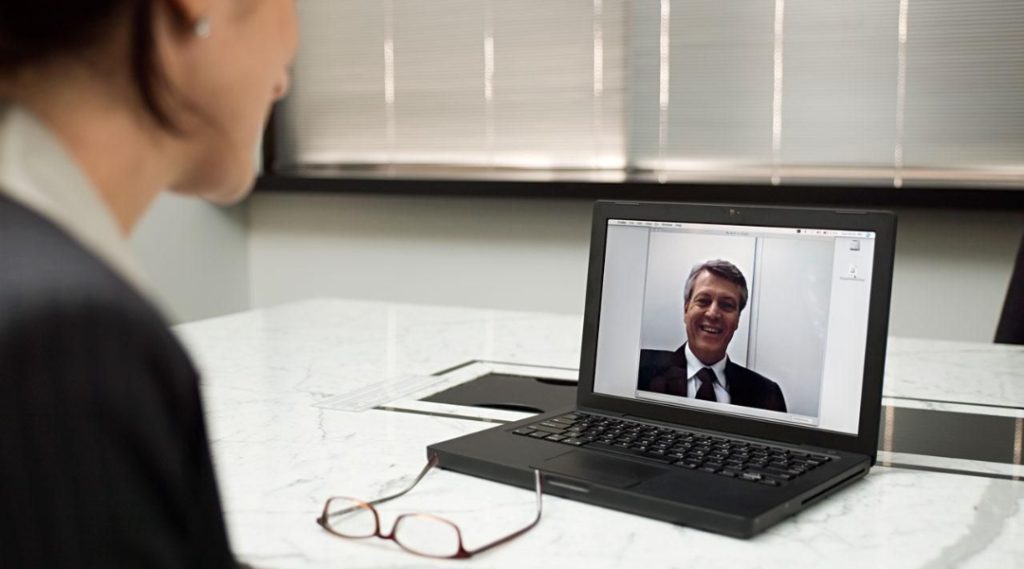As the work-from-home policy continues to apply in many companies, Anthony Pangilinan talks about its challenges and how it can work in the long-run.
Many companies across the globe settled for remote work as a response to COVID-19, especially here in the country where the cases continue to rise at an astounding and alarming rate. Working from home sounds great as employees feel more comfortable in their houses and have better control over their productivity, as well as appeasing themselves with their overall safety, of course. However, from the perspective of an employer or a human resource associate, sustaining a remote workforce can prove to be a challenge. Technology may have made meetings easier to manage, but what about the brainstorming, mentoring, and training aspects? How does a work-from-home set-up affect the way a company runs? We talk to BusinessWorks Inc. Chairman and multi-platform facilitator Anthony Pangilinan about the future of the office culture.
RELATED READS: The New Office: Designing Your Workspace At Home


The challenges
The hard truth about the remote work set-up is not every company can thrive in it. For example, the F&B and travel industries continue to suffer the most amid the pandemic—from layoffs to worse, permanent business shutdowns. However, social media giants like Twitter and training and coaching-focused companies like BusinessWorks Inc. are able to survive. Anthony shares they have closed their office in Taguig and now, everyone is working from home. “We are continually helping our team members improve their home office through new administrative and communication approaches, WiFi enhancement support and equipment, if necessary. It’s an ongoing thing,” he explains. They secured a deal to have limited office use, but he says, “We remind our team members though, ‘home is the foundation and work is the inclusion,’ and not to turn this around.”
From the standpoint of employees, they appreciate the benefits of working from home—less stress and expenses for commute, more time to work on personal projects and hobbies, and more attention for family, especially in caring for those infected with the coronavirus. However, not everyone is able to work well as distractions come in many forms. “Trust me, many homes are not conducive to both work and living,” Anthony shares. “I know of a company whose Millennial employees volunteered—practically pleaded to sleep in the office–because their homes simply weren’t ‘safe places’ to be in.” It goes to say that productivity at home is strongly associated with its culture or the environment. Thus, Anthony offers a way to counter this troubling reality, “mutually drawn up policies with a shared end in mind and a consistent and comprehensive monitoring system will be key.” One way is splitting time between working from home and at the office. Of course, this entails a well-thought-out plan. Thus, executives must study and discuss it at a team level, ensuring the schedule is feasible for everyone.
RELATED READS: 5 Things To Check Before Joining A Zoom Call

The changes in systems
While some work can be done virtually, collaborations are difficult to translate into this new space. Access to information, human dynamics, and camaraderie are progressively slowed and constrained. So, how should employers handle it? “Creatively, patiently, across several platforms,” Anthony suggests. “Upskilling will be needed. These can also be outsourced services, to those who show expertise and ability to deliver,” he adds. It is always best to study and drill the steps into implementing ways to accommodate, as best as the executives can, both their needs and those of their employees.
Hiring and training employees are separate matters that, fortunately, progressive companies have been conducting virtually for years. With platforms such as LinkedIn, Jobstreet, and Kalibrr, it is much easier to scout for potential candidates now. “It’s just a matter of commissioning those who have the experience and consulting capacity,” Anthony says. However, having the right people to hire and train others and have the tools to validate learning from online courses remain a challenge, but a manageable one. “Pivoting is never easy, but it is familiar ground,” he continues.
RELATED READS: What Happens To The Office Culture In This New Normal?

Transforming the culture
The office culture in the new normal has drastically changed, especially to those new to remote work. “It’s amazing how crisis transforms us in ways our own planning systems will never attempt in a lifetime,” Anthony Pangilinan says. Some companies are still trying to see which strategies work, and even first-time remote workers are similarly grasping the new culture. At this point, working from home should be evaluated not only from the standpoint of the industry and people’s attitude and skillset but of leadership ability as well. Anthony best sums it up by quoting Dr. John Maxwell, “Everything rises and falls, on leadership.” No truer words were spoken, indeed.





